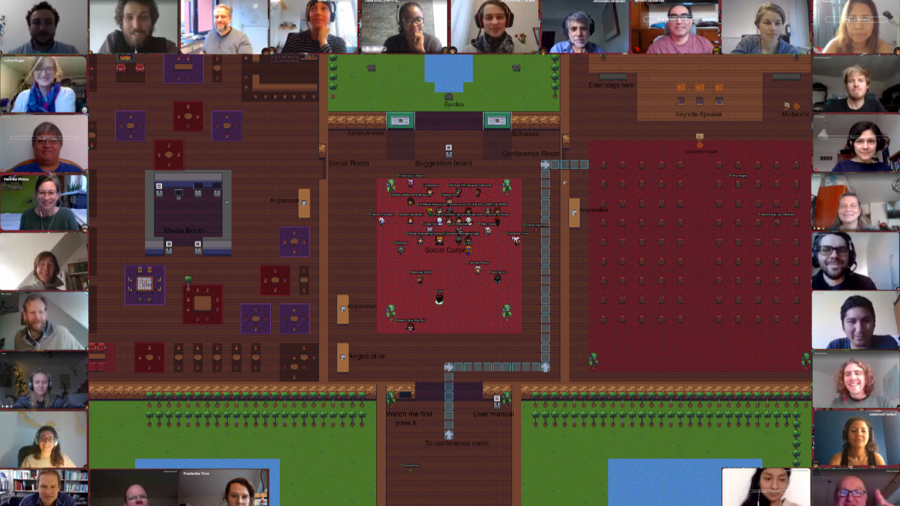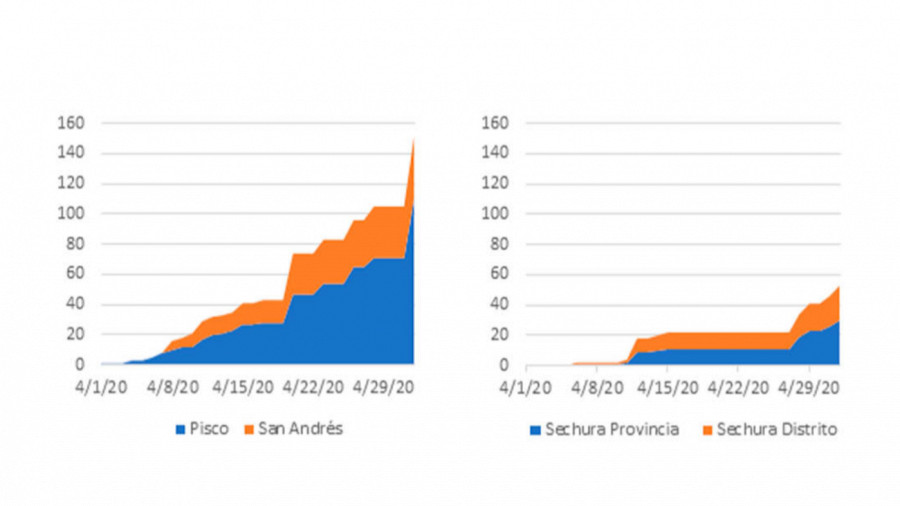News

New
Connecting Sea to Market
New study highlights how fishers use flexibility to stay resilient in changing climate and markets

Peru’s Fisheries at Risk: Fisherman Percy Bayona Speaks on Overfishing & Climate Change | La Islilla
Join Percy Bayona Vite, a 54-year-old fisherman from La Islilla, Peru, as he shares his lifetime experience on the sea.

Humboldt Tipping at the GlobalTip Final Conference
Researchers present key findings on climate risks and fisheries futures in the the Humboldt Current System.

Climate variability and its impact on the Peruvian sea
Renato Salvatteci guest in Episode #6 in the IRD podcast "Riches and Challenges of the Peruvian Sea"

Humboldt Tipping goes Waterkant
Exploring the Humboldt Current through an interactive digital experience

The Trap Behind Peru’s Anchoveta Fisheries Management
How efforts to regulate Peru’s fisheries reinforced inequality and overfishing

The Evolution of Scallop Farming in the Bay of Sechura
From small-scale fishery to a global industry
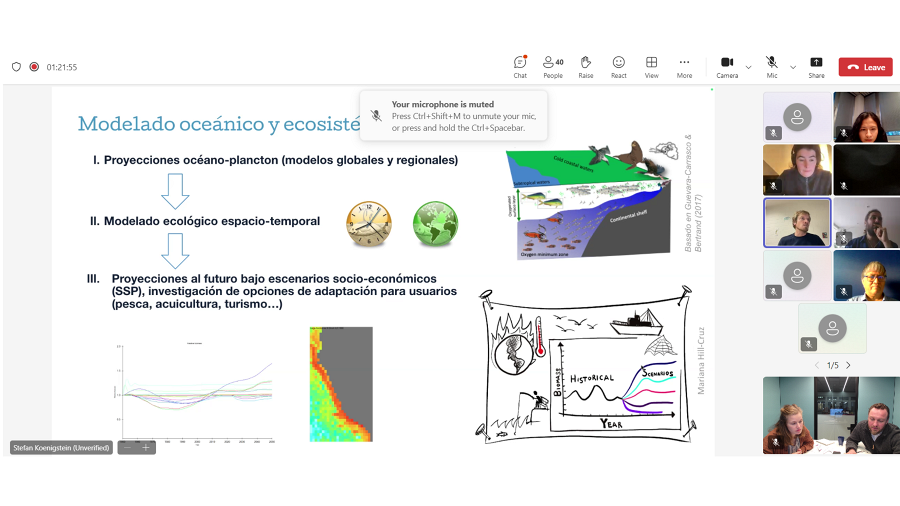
Workshop on the impacts of climate change in Peru
Humboldt Tipping and PRODUCE discuss climate change impacts in Peruvian fisheries and aquaculture

Encuesta: Construir un Futuro Sostenible para el Mar Peruano
Nos complace invitarlo a participar en nuestra encuesta titulada «Desarrollo Sostenible del Mar Peruano»

Building knowledge for a Changing Humboldt Current
Early-career researchers tackle marine challenges in a Humboldt Tipping workshop
Capacity building workshop on ecological modeling of marine systems in Peru
Humboldt Tipping scientists meet in Huanchaco

Workshop Announcement!
Early-career scientists are invited to join our free workshop from October 7-12, 2024, both online and in person.

Four ASA Students Join Humboldt Tipping for Six Months
We are pleased to welcome Sonia, Carlos, Jeremy, and Katharina to our team.

Exchange and Collaboration: Meeting of Scientists in Kiel
On May 15th and 16th, scientists involved in the Humboldt-Tipping project gathered for a workshop in Kiel.

Cooperation in the Global South: Insights from the 14th KMS-UGOT Workshop
Renato Salvatteci presents in workshop on cooperation in the Global South

Humboldt Tipping participated at the World Fisheries Congress in Seattle
Giovanni Romagnoni, Humboldt Tipping member in work package 6, travelled to Seattle to participate in the World Fisheries Congress held from March 3rd to 7th, 2024

New Report! Socioeconomic Impacts of Red Tides & Adaptation Strategies in Peru
Workshops Addressing Harmful Algal Blooms in Peru's Coastal Communities

New Paper! Our Blue Planet: Connecting Humans and the Ocean
Social-ecological network analysis: a complex topic transformed into an engaging and enjoyable adventure accessible to young readers (age 8-15).
(CLOSED) Join our team: research assistant position in marine biogeochemical and climate change modeling
Looking into the future of the Humboldt Current off the coast of Peru
Together with their project partners in Lima, researchers in Kiel are developing narratives for the adaptation of coastal fisheries on the Humboldt Current off Peru

Germany and Peru Unite for the Humboldt Tipping Project:
A Comprehensive Review of the Last Four Years and an Outlook for the Upcoming Second Phase

Succesful stakeholder day during final Symposium of Humboldt Tipping project in Lima, Peru
Bringing together society and science

Final Symposium “Humboldt Tipping” in Lima, Peru
Looking back and glancing into the future after 4 years of research in the Humboldt Upwelling system

New research paper about the Peruvian Upwelling System published in Biogeosciences
Mixed layer depth dominates over upwelling in regulating the seasonality of ecosystem functioning in the Peruvian upwelling system

New book chapter published on "Adaptations to climate variability in fisheries and aquaculture (...)"
Adaptations to climate variability in fisheries and aquaculture social-ecological systems in the Northern Humboldt Current Ecosystem: challenges and solutions

New short film online about coastal fisheries in Peru
Understanding the interactions between humans and the ocean

Call for Abstracts for international symposium of "Small Pelagic Fish: New Frontiers in Science for Sustainable Management"
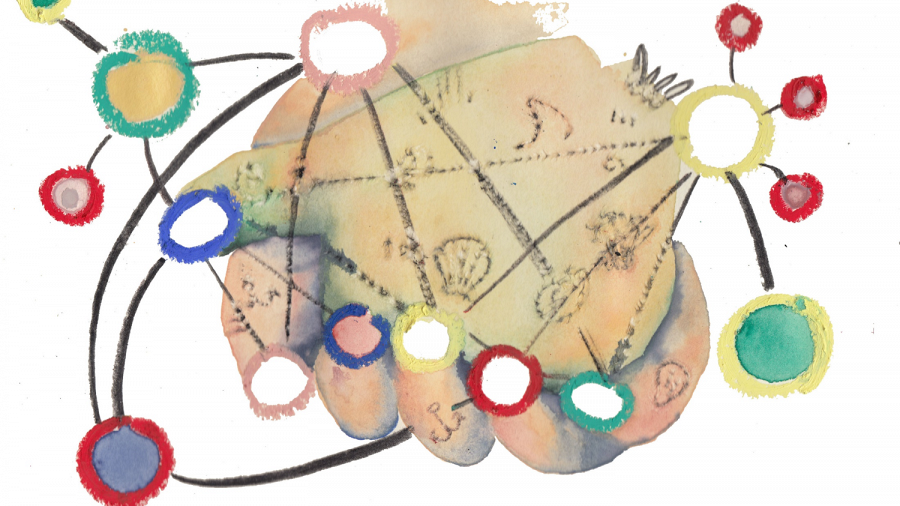
How Important are Social Networks in Times of Environmental Crises?
New publication by Michael Kriegl et al. in Social Science Open Access Repository (SSOAR)
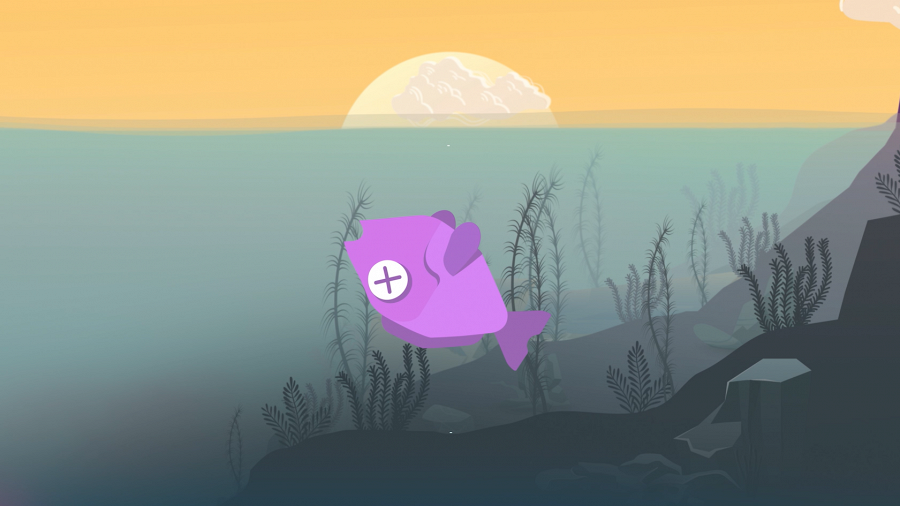
New short film online about the nitrogen cycle and potential tipping points in the Humboldt Current
Latest project clip now available on Youtube
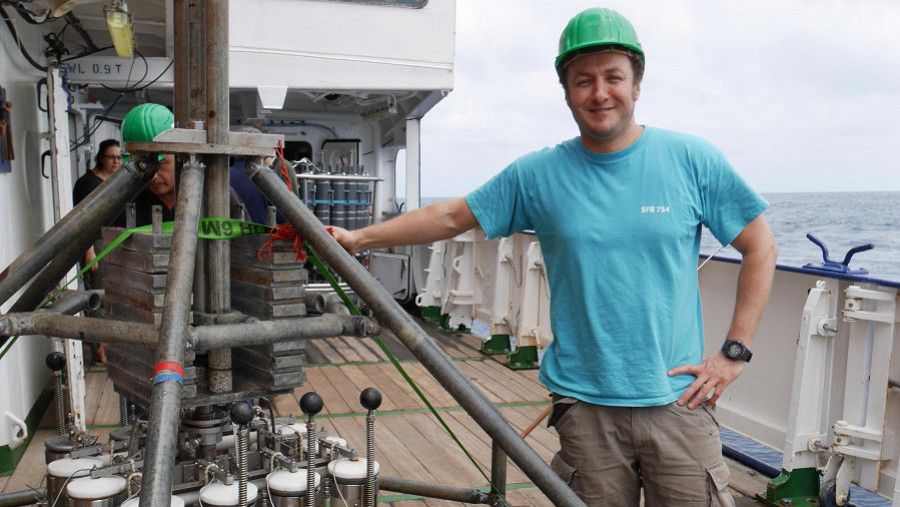
Species shift due to tipping point in Humboldt Current off Peru.
Researchers reconstruct link between ocean warming and shift to smaller fish species using sediment samples from Humboldt Current area
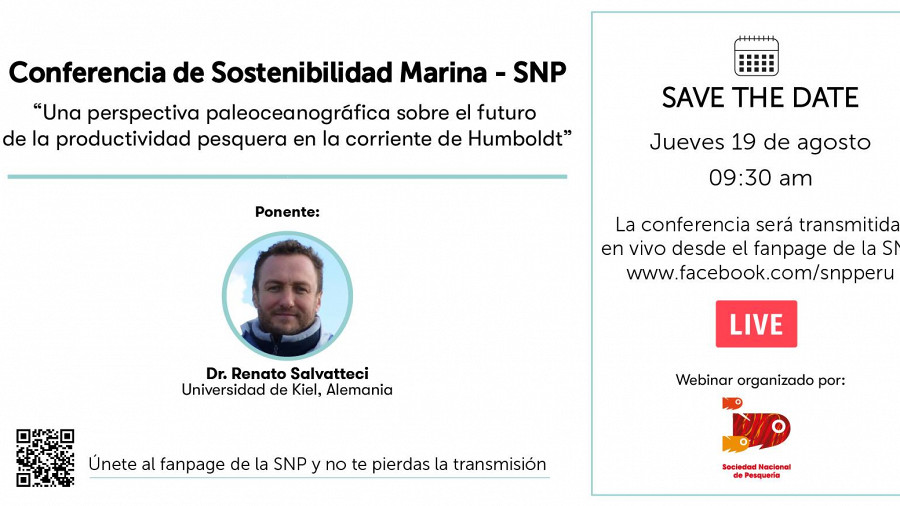
Presentation at the Marine Sustainability Conference -SNP by Dr. Renato Salvatteci
Future of fishery productivity in the Humboldt Current: A paleoceanographic perspective.
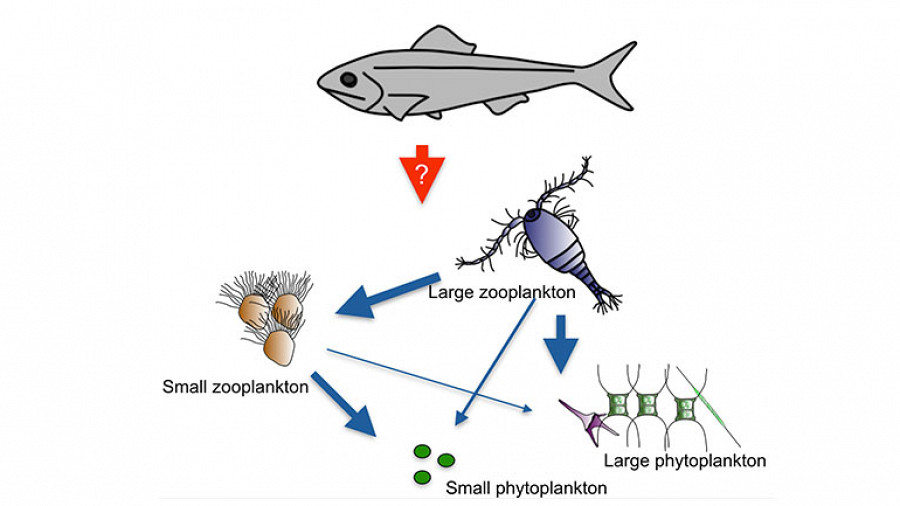
New publication online: Zooplankton mortality effects on the plankton community of the northern Humboldt Current System
Sensitivity of a regional biogeochemical model
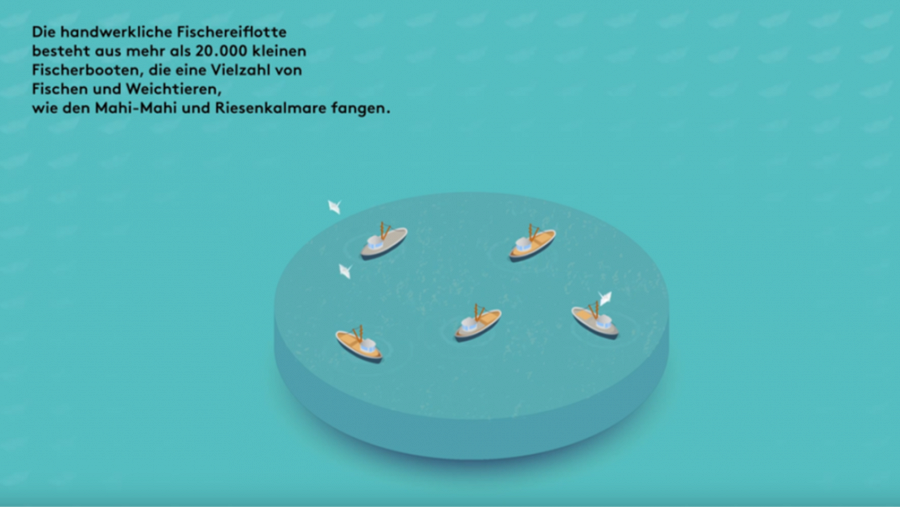
New short film about Peruvian fisheries and their economic network
Latest project clip now available on Youtube
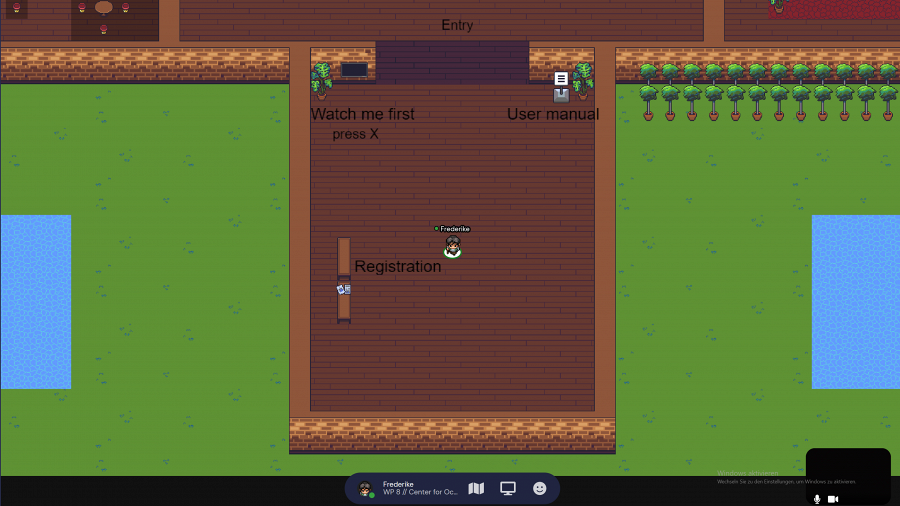
New paths for Humboldt Tipping project meetings and communication- a virtual conference in gathertown
Humboldt Tipping internal conference held in a virtual format

Humboldt Tipping invites to participate in a survey on the effects of COVID-19 in marine and coastal areas of Peru
Research on the effects of COVID-19 among actors linked to marine and coastal areas in the regions of Piura and Ica
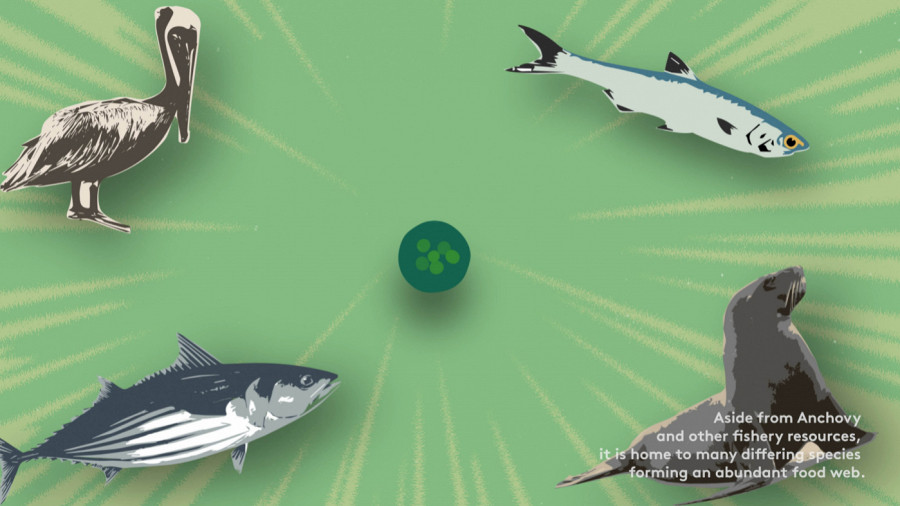
New Humboldt Tipping short clip on youtube
Using scientific models to understand ecosystem changes in the Humboldt Current
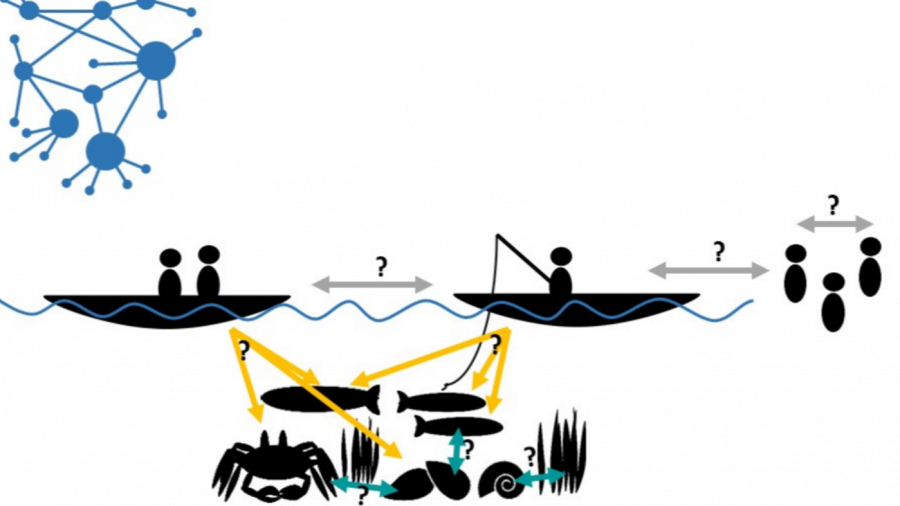
Networks – more than the sum of their parts
Understanding the complex interlinkages between humans and nature
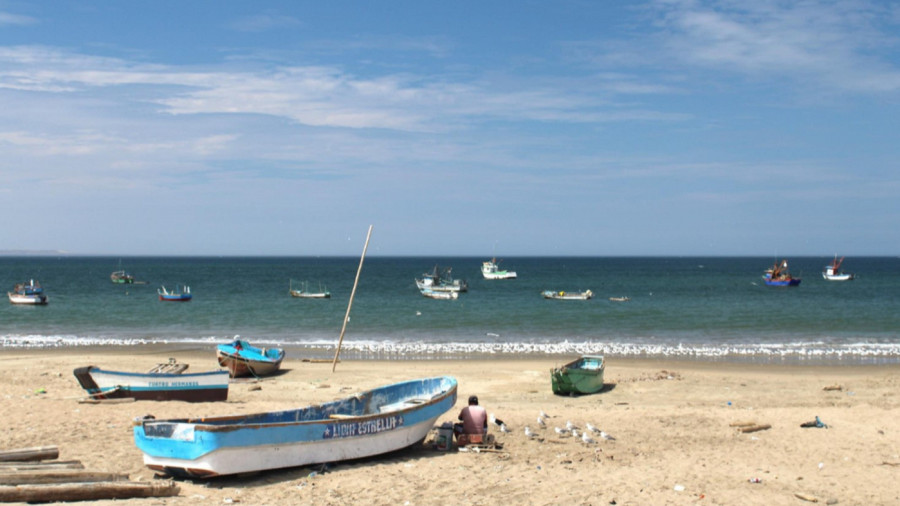
On the move: The role of mobility and migration as a coping strategy for resource users after abrupt environmental disturbance
The empirical example of the Coastal El Niño 2017

Looking back at the first collaborative field work phase of WP7 & 5 in Peru
Notes from the field: Looking into the Future, adaptive strategies and governance.
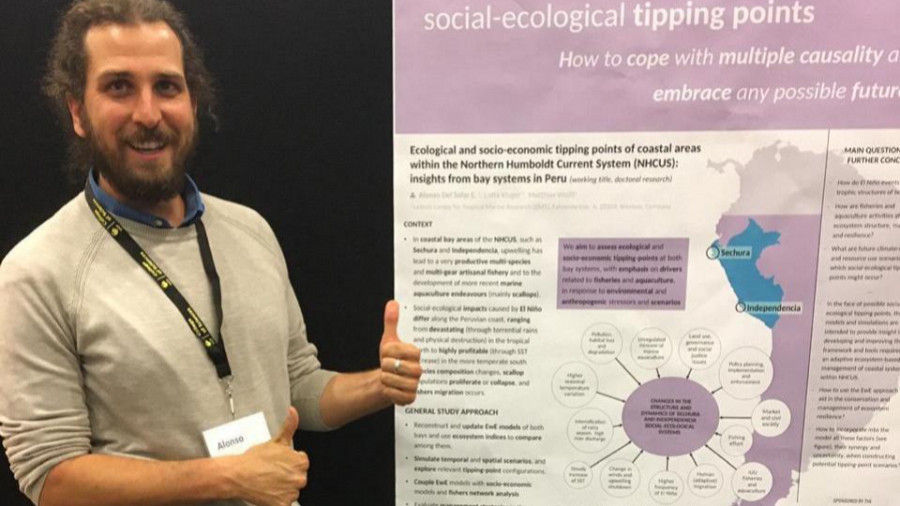
Humboldt Tipping participating at 35th Ecopath with Ecosim (EwE) Anniversary gathering in Florida
Ecological and socio-economic tipping points of coastal areas within the Northern Humboldt current System

Celebrating the 250ties birthday of Alexander von Humboldt at Goethe Institut in Lima
Following an invitation of the German Embassy in Lima


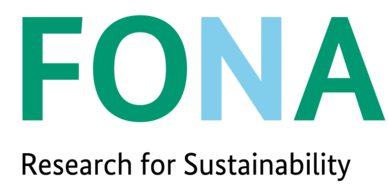


-lg.png)

